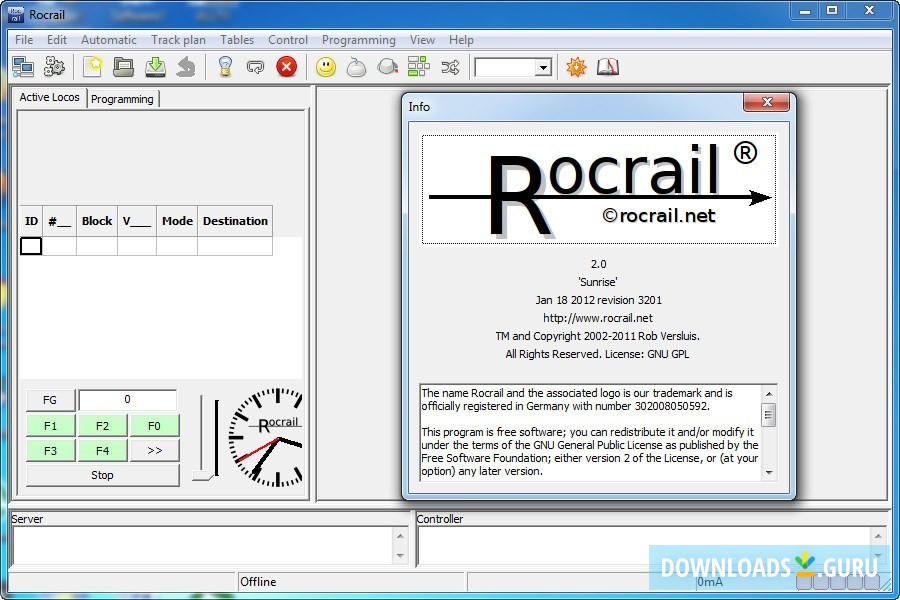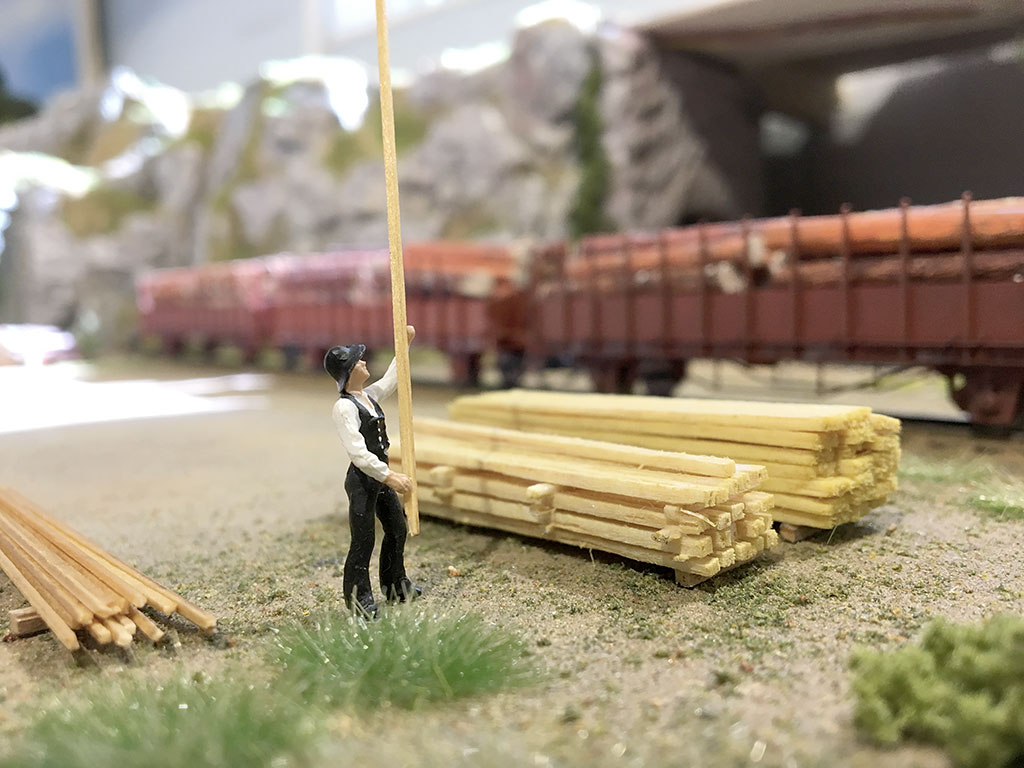
A rough sketch of my layout is in the "My layout" section. I don't have huge amounts of space where I can have sweeping, realistic mainlines running through the landscape, as I am sure is the case for most modellers. A double cross-over on a mainline with slim switches will take up a minimum of 1.4m itself, and if you then have a switch for a branch line a further 1m down, then you have easily lost 3m to no-man's land. I could restrict my trains to 1.30m, but I would rather not.Īlso, there will always be long stretches, 2-3m in length, that just can't be in a block due to switches. I don't have anything ready that will be helpful, but surely on any layout, there will be switches etc, preventing just always having 2m blocks. If you are trying to have just one really long line where trains will stage and occupy however many blocks their lengths need, that is not possible as it contradicts the concept of a block. minimum occupancy and FiFo) which is perfect for stations and also hidden staging yards but these are always a parallel setup. You can also define 'Locations' where a bunch of blocks in the same area are treated in a shared manner (ie.

FORUM ROCRAIL FREE
Lastly, there is also staging blocks, where multiple blocks are on the same line and linked together, so that the trains will 'stage' by driving to the last free block and shuffling along. It would be helpful if you could give a graphical representation of what you are trying to do and also link to the rocrail thread you are referring to. You can as mentioned by Peter define the first block as a crossing block for a particular route (that would only be applicable to long trains) and then stop in the second block, in essence a long train taking up two blocks. You can only ever have one train in one block. You cannot have a train take up two blocks. You can have one block with 3 sensors, whereby you have shorter trains stop at the middle sensor (short2in) and not the end sensor (in), in effect stopping in the middle of a platform. I do not have any exit sensors on my layout, just Enter, In and in short blocks EntertoIn. Not a big deal but if you want a loco to stop in B it wouldn't.ģ. You would then also need to identify under Permissions as to what trains or train types would use this route otherwise any train going from A to C would use that Route instead of the normal A to B and B to C routes. In Tables you would click on Routes, create a new route from A to C and list B as a crossing block. The train is shorter than blocks A and C but longer than B. For example you have 3 blocks A, B, and C. In order for a long train to cross a block that is shorter than the train you need to go into Routes and create a new route with the short block being identified as a "crossing block". In my case it is configured like any other block.Ģ. The short block symbol is just a shorter graphic representation that you sometimes need in your graphic plan in order to fit properly without having to rearrange the entire plan. To answer your questions, here is what I understand/implemented:ġ.

I have sections on my layout that I didn't think I could put a block in because it would be shorter than my longest train, but does this mean I can put a bloc there anyway?Īlso, can I run super-long trains and it can occupy double-blocks?ģ) The wiki mentions using exit sensors as emergency stop, which I hadn't been planning, but is this a good idea? Is it recommended? I wouldn't ever leave my layout running un-attended.

train length determines if they can go there or not?Ģ) I saw a discussion on the forum about trains too long for some blocks, and they were saying if a train goes past a shorter block and stops, you can bridge the two blocks to fit the (very) long train. Are they just a track planner feature for not having the space to fit a long block or are they physically representing short and long blocks on the layout, i.e. I'm wiring up, designing and reading the RocRail wiki, but a few questions still:ġ) The track planner has "short blocks" but I can't find these described anywhere on the Wiki.


 0 kommentar(er)
0 kommentar(er)
